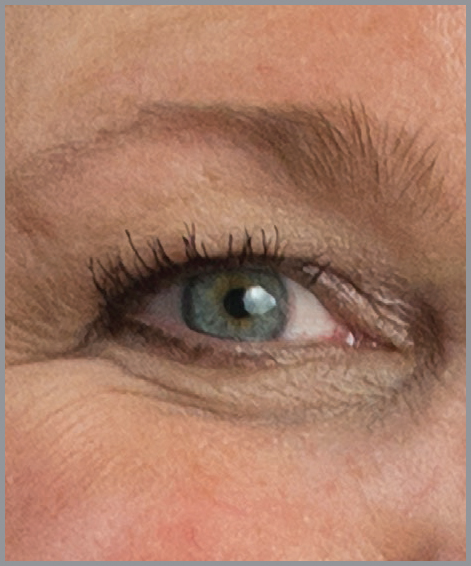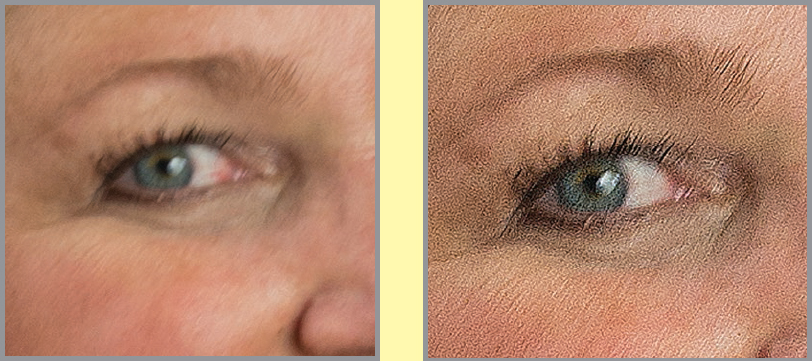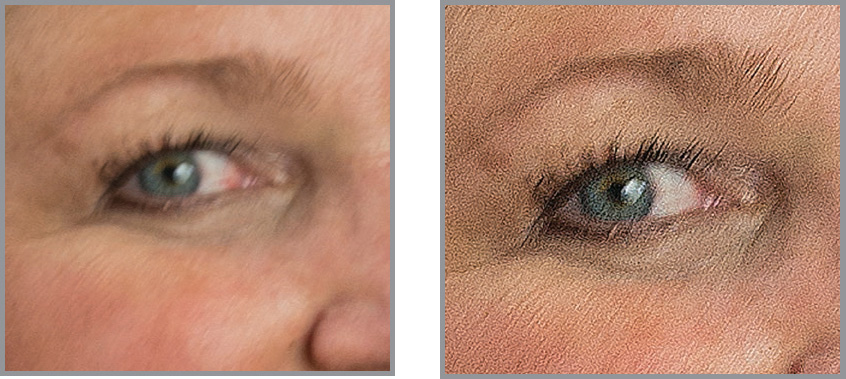Trying to Sharpen Blurry Images

If an image is out of focus, you can just sharpen it in post-processing, right? Hogwash. Sharpening in Photoshop will not elevate a blurry image to an acceptable level for a professional image.
When reviewing your photos, inspect them at a sufficient magnification to spot those that are out of focus. Your editor should allow you to enlarge sections to 100 percent or more. While blur is acceptable in some areas of a photo (see section 14), at least one part of it should be in focus (e.g., the eyes in a portrait). It is possible to soften an image to decrease wrinkles, etc.—but there is a big difference between an out-of-focus image and one with selective softening carefully applied with software like the Gaussian Blur filter. Don’t try to soften an image by shooting it out of focus.

This image is in focus. Primary focus in a portrait is normally on the eyes (at least one of them).

Enlarging the view to see the detail shows the sharpness of focus.


As shown on the left, the most critical area—the eyes—is out of focus, probably from camera shake. Applying sharpening in post-processing (right) really doesn’t help it.
Shoot Multiple Frames
Beginning photographers usually struggle with incorrectly focused images. Even those who are more advanced don’t get it right all the time. That’s why multiple images are required to make certain you have the focus in just the right place. Overall, autofocus helps keep an image sharp—but it’s best to tell the camera exactly where you want the focus to be (see section 50).
Eliminate Camera Shake
The other cause for blurry images is camera shake. Know the lowest possible speed that is safe for you to hand-hold your camera without causing blur. If you are getting too many “soft” images, use a tripod (see section 5).